
One of the greatest marvels of nature is the egg, for it encapsulates the DNA and genetic coding for the future offspring in a self-contained sphere, which is protected with a hard outer shell of calcium. The egg is the developing embryos life support system.
Once the egg has been laid, the female will then sit on it, keeping it warm and turning it throughout the incubation period. Within this hardened protective shell are all the nutrients the developing chick requires to grow through the duration of the incubation period and, the first few days following hatching.
If the egg has been fertilised, the developing embryo sits on top of the yolk. As the embryo begins to develop it gradually absorbs the yolk and some of the albumen. It will also draw on some of the calcium inside the shell for the formation of its skeletal system. Waste products are collected in a sac called the allantois, and the exchange of carbon dioxide and oxygen occurs through the eggshell. During the final few days, the chick will absorb what remains of the yolk into its abdomen. This will give it sufficient nutrients to tie it over as it begins to learn how to forage, and begins to determine what it can eat. (That's why newly hatched chicks can be in a hatcher or under a broody for at least 24 hours to recover before needing food).
STAGES OF DEVELOPMENT
From the time the oocyte is released from the hen's ovary (known as ovulation), to the point where the egg is laid, takes about 24 hours. There are various stages which the new egg must go through in order for it to emerge in the form as we know it.
Bu hikaye The Country Smallholder dergisinin June 2023 sayısından alınmıştır.
Start your 7-day Magzter GOLD free trial to access thousands of curated premium stories, and 9,000+ magazines and newspapers.
Already a subscriber ? Giriş Yap
Bu hikaye The Country Smallholder dergisinin June 2023 sayısından alınmıştır.
Start your 7-day Magzter GOLD free trial to access thousands of curated premium stories, and 9,000+ magazines and newspapers.
Already a subscriber? Giriş Yap
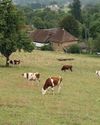
How to Buy a Smallholding in France- Long-time smallholder Lorraine Turnbull looks at the practicalities of moving to rural France
Aspiring smallholders are continually thwarted by the prices of smallholdings and property with land located within the UK. Even the humblest croft in Scotland comes with a substantial price tag and conditions which would make even an adventurous wannabee consider carefully. But all is not lost. For those willing to take the adventure of a lifetime, there is always Europe, and one of the most popular places is France.

Meet the Bournemouth goats and their supporters
These capricious animals are hard workers preserving the natural habitat
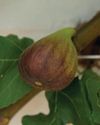
Still warm enough to sit outside with a Pizza
Henrietta Balcon uses fresh figs to create an unusual dish at Harvest time
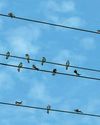
Goodbye to the birds of spring and summer
If you look and listen you might be able to see them preparing to leave says The RSPB
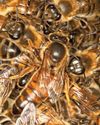
Get ready for the colder weather in the warmth of late summer
Claire Waring advises on doing the best to make sure your colonies survive until next spring
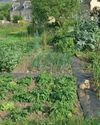
Preparing the Veg Patch for Winter
Lee Senior says, a well-run plot can excitingly continue to produce good quality, tasty, fresh food for much of winter
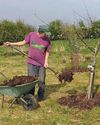
Time to prepare to plant your orchard
Wade Muggleton, smallholder and author of The Orchard Book, shares his practical experience so you can create your own fruit collection
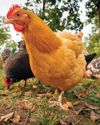
Choosing feed for the autumn
As autumn approaches, Joanna Palmer, nutritionist at the Smallholder Range, offers advice on choosing the right feed to support your adult birds through their annual moult and ensure your young birds grow and finish well at this time of the year.
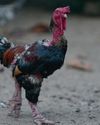
Vet advice from an experienced poultry vet
Reflecting on how much the humble hen has helped people world wide plus advice on stopping the scourge of red mite
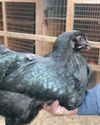
Give your hens some support
Paul Donovan looks at the right and wrong ways of handling birds